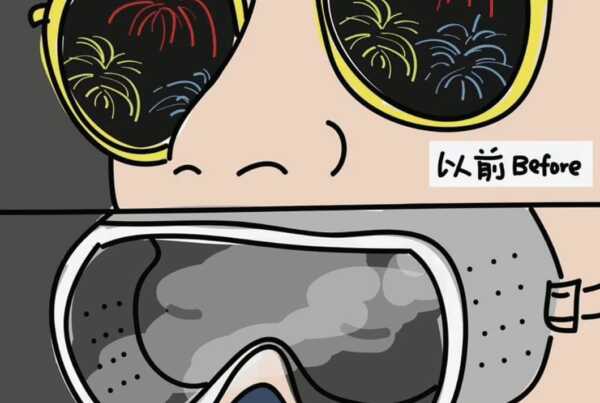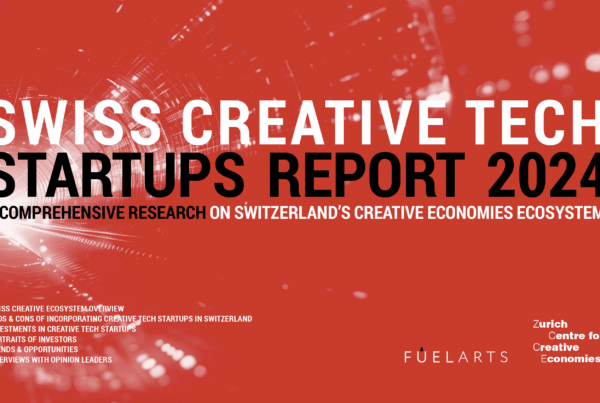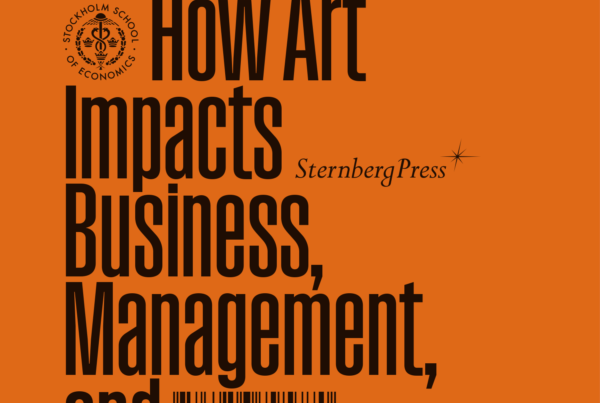A new research by Sébastien Peter for the Zurich Centre for Creative Economies of the Zurich
University of the Arts (ZCCE/ZHdK).
This article is part of a series of publications by ZCCE on cultural policies, creative industries and the arts sector in Switzerland: after Geneva, Zurich, Swiss philanthropy etc., this research on cultural policies in Ticino and Italian-speaking Switzerland completes the serie. Further publications will follow.
Located halfway between German-speaking Switzerland and Lombardy, Ticino is the only canton
in Switzerland where Italian is the only official language. The cantonal constitution of Ticino claims
the historic mission of representing Italian culture and language at the federal level. Culture thus
becomes a major political issue, unique in Switzerland, and serves as a vector of political
legitimacy and identity recognition with complex historical legacies.
The study of cultural policy in Ticino is, first and foremost, a fascinating subject for understanding
the diversity and complexity of the Swiss cultural landscape. It also makes it possible to
understand the application of the concept of “soft power” in the context of a specific local political
situation, that of a linguistic and cultural minority, and to trace its evolution throughout the canton’s
history.
The cultural domain of Ticino has been the focus of specific studies, focusing on well-defined
themes such as theatre, audiovisual, visual arts, etc., as well as on specific periods. The aim of this
study is to draw a map of the field in order to highlight the main historical trends. The Zurich Centre
for Creative Economies (ZCCE) at the Zurich University of the Arts (ZHdK) entrusted the study of
Ticino’s cultural policy to Sébastien Peter, a specialist in cultural promotion with a significant
professional background in various cultural promotion bodies in Ticino and Switzerland.
The study reveals a flourishing cultural panorama, the result of two centuries of development in the
canton.
At the time of its foundation in 1803, the Canton of Ticino faced considerable tensions,
fuelled by its status as a poor, fragmented and peripheral region. Today it boasts many cultural
institutions of national importance and a high concentration of museums. This development has
gradually taken place around the major urban centres, driven by civil society and the presence,
since the 19th century, of European intellectuals and artists. The emergence of cultural policies is
most evident at the municipal level.
This could be described as passive, responding to needs
dictated by civil society and occasional development opportunities. It is only at the beginning of the
21st century that a real strategy in cultural matters can be observed at the city level, with efforts to
construct local identity and competitive positioning in relation to tourism and the economy.
At the cantonal level, cultural policy played a central role in the construction of identity in Italian-
speaking Switzerland, especially in the first half of the 20th century. During this period, Ticino was
subject to centrifugal forces. Tensions with German-speaking Switzerland and the rise of fascism
in Italy led to the definition of a framework for intervention in the cultural sphere, focused on the
valorisation of local identities. Cantonal cultural policy was thus conceived from the outset as an
instrument of soft power aimed at the population of Ticino, other cantons, the federal government
and neighbouring Italy.
The article highlights a marked persistence of this orientation to the present
day, during key phases of the strategic development of cantonal cultural policies, which
subsequently influenced the cultural development of the municipalities. It is important to note,
however, that a genuine cantonal cultural strategy has never been officially disseminated. The use
of culture as a tool for identity construction remains an implicit, sometimes unconscious objective,
implemented according to a fragmented agenda that evolves with opportunities and historical
contingencies.
This article is part of a series of publications by the Zurich Centre for Creative Economies of the
Zurich University of the Arts (ZCCE/ZHdK) on cultural policies, creative industries and the arts
sector in Switzerland: after Geneva, Zurich, Swiss philanthropy etc., this research on cultural
policies in Ticino and and Italian-speaking Switzerland completes the serie. Further publications
will follow.
Read the PDF of the study:
Publication date: January 2024.
Contact: Zurich Centre for Creative Economies
Zurich University of the Arts
Toni-Areal, Pfingstweidstrasse 96, 8005 Zurich
creative.economies@zhdk.ch
creativeeconomies.com






